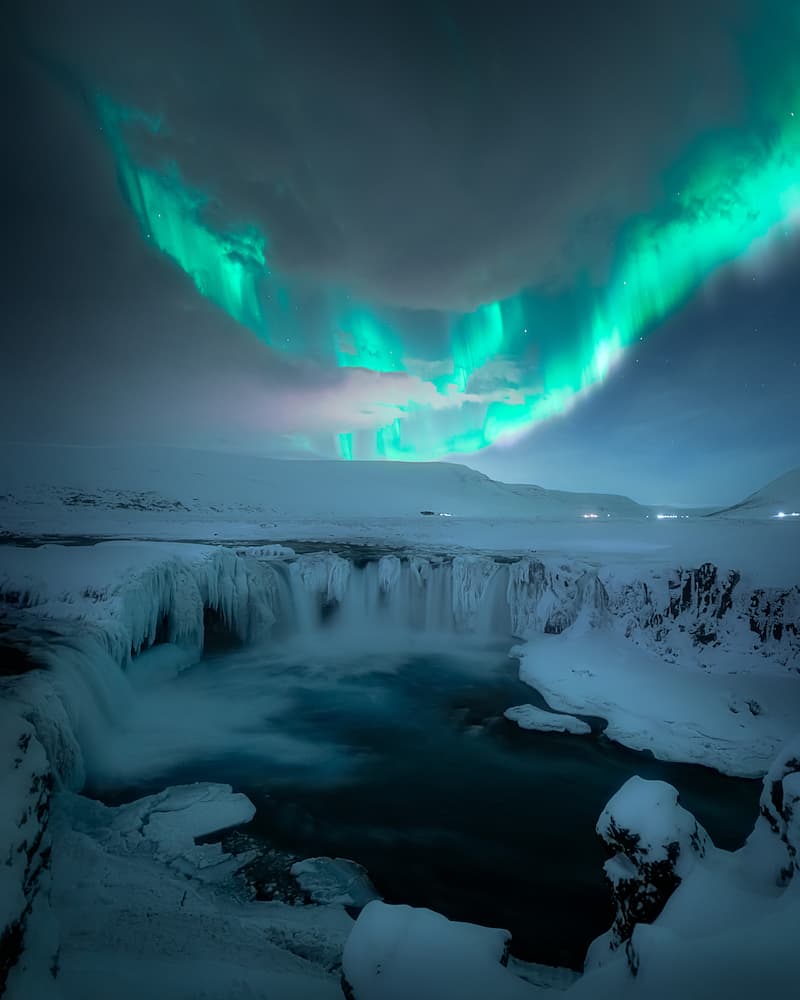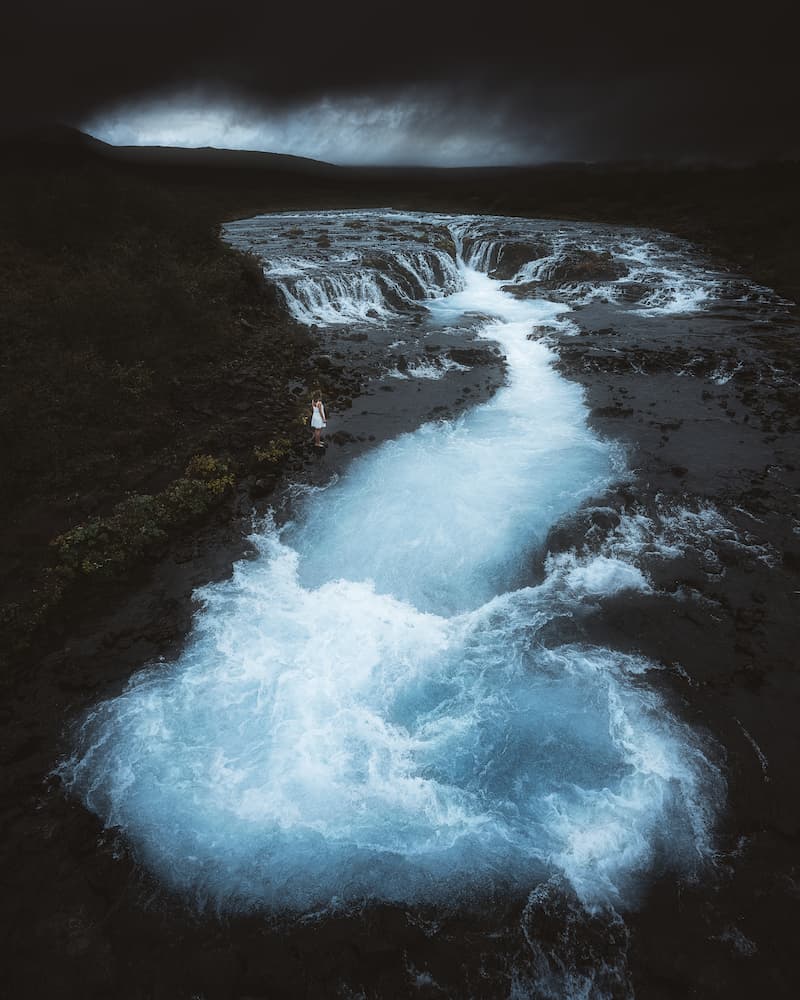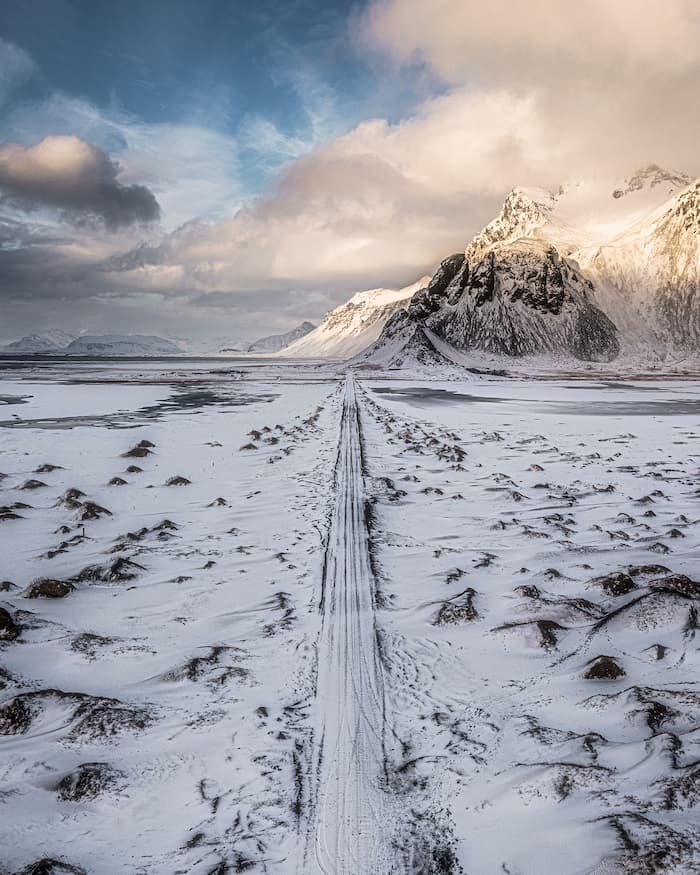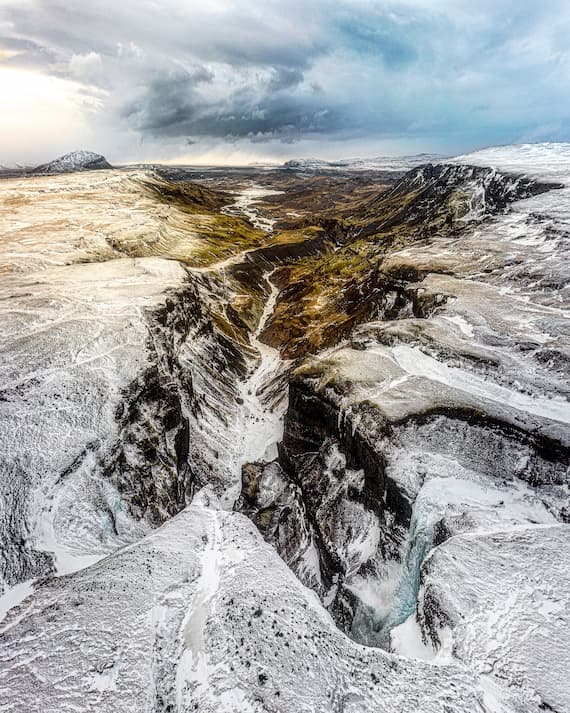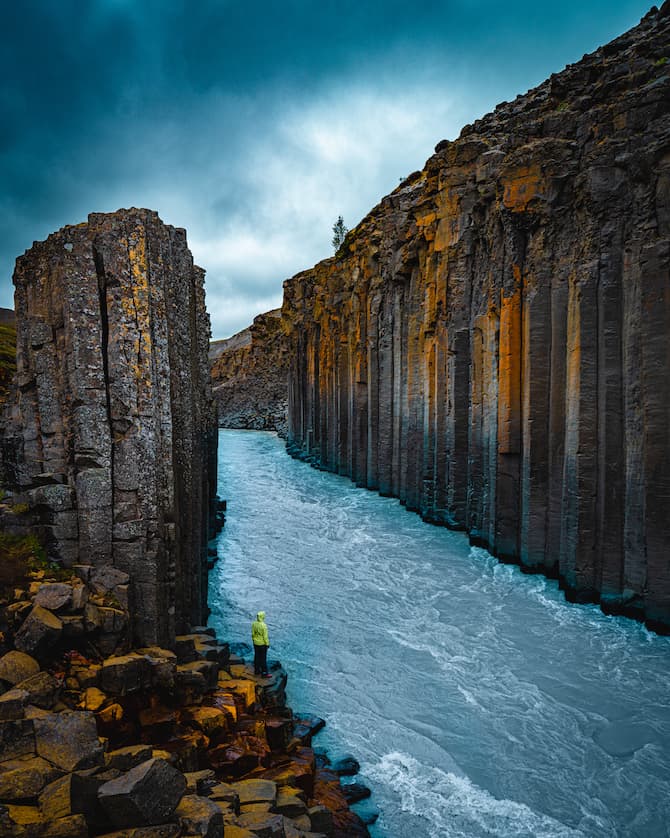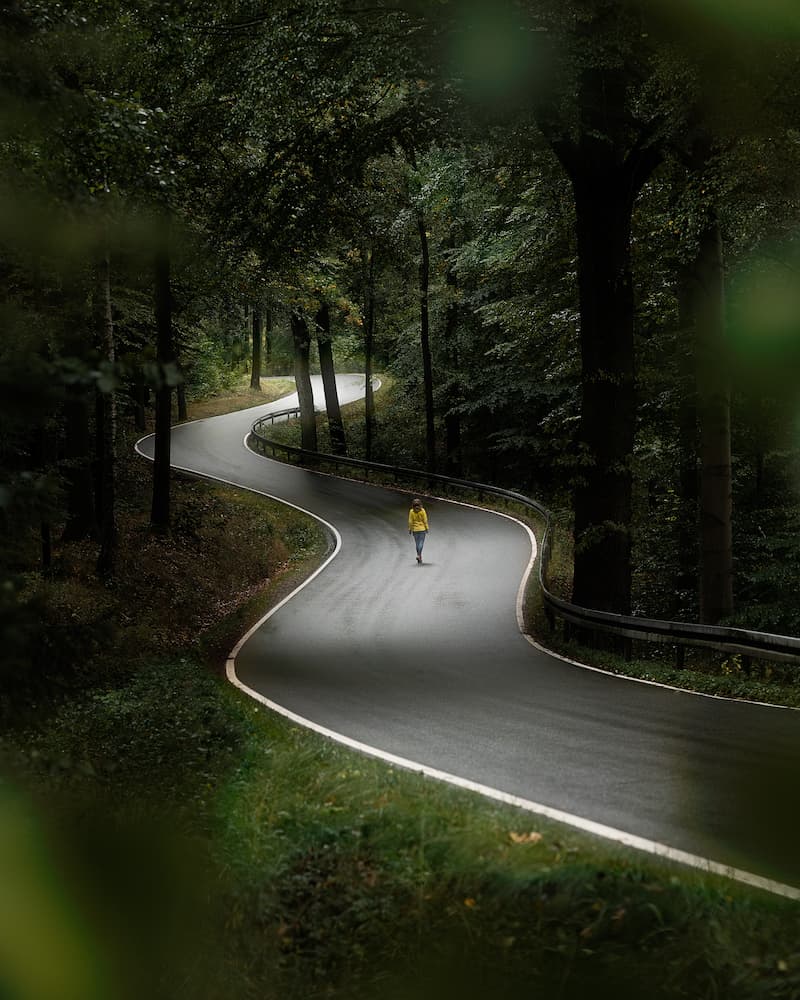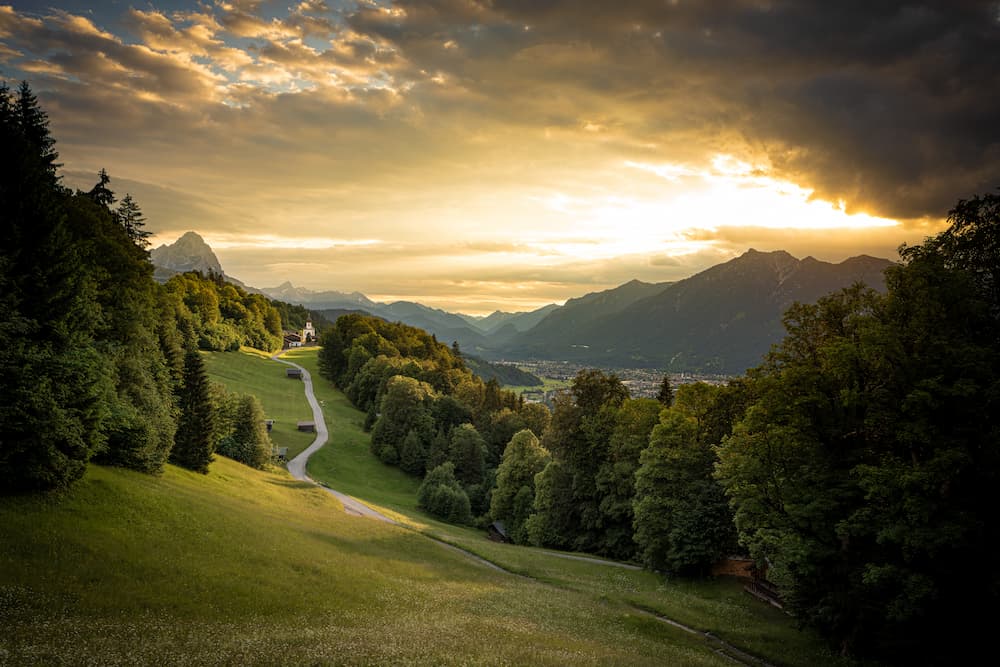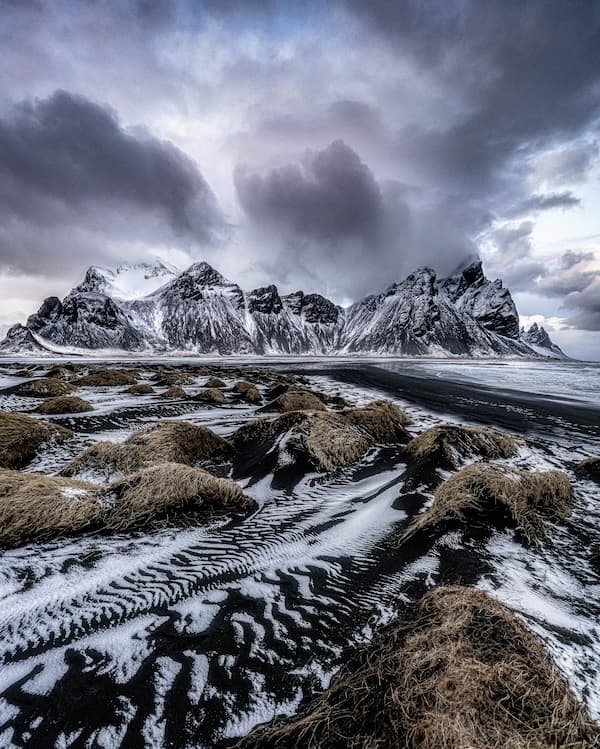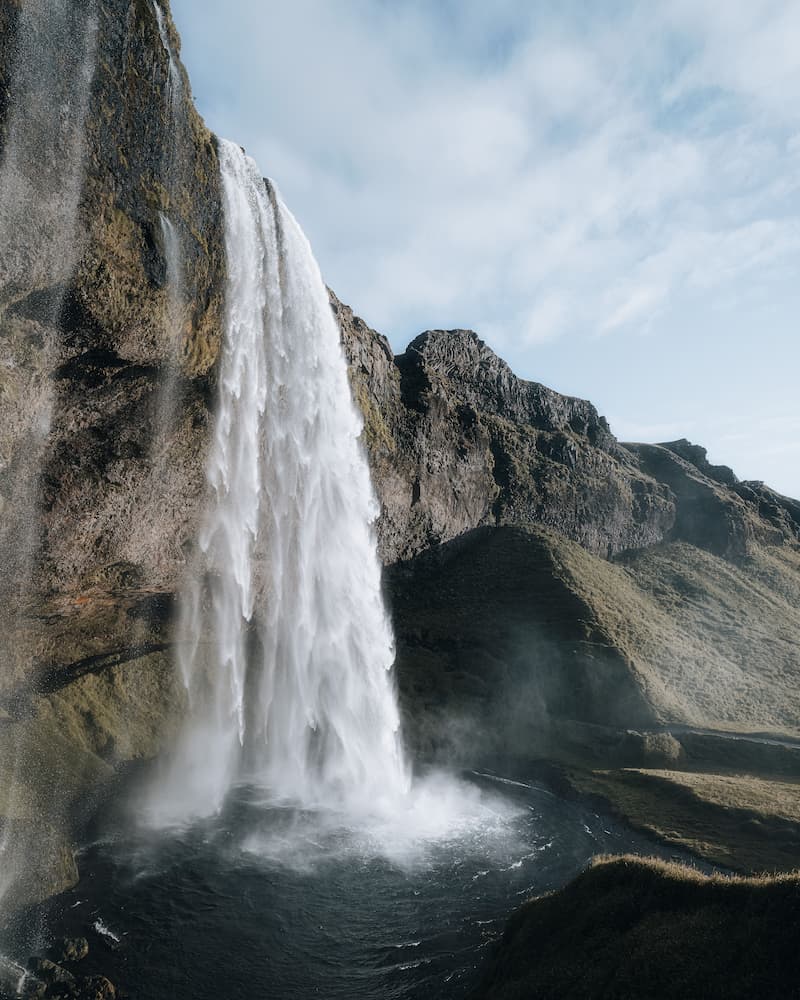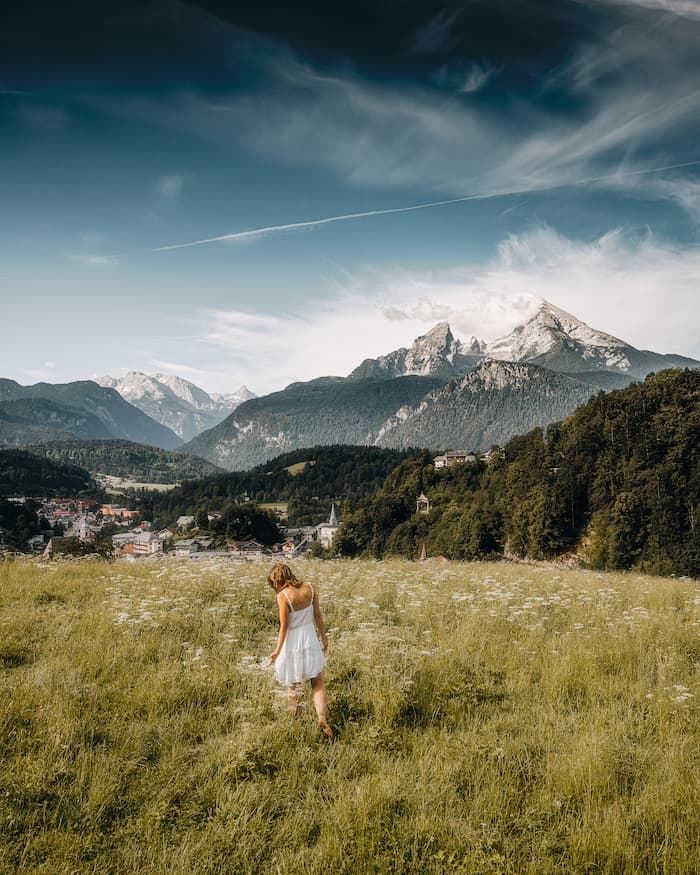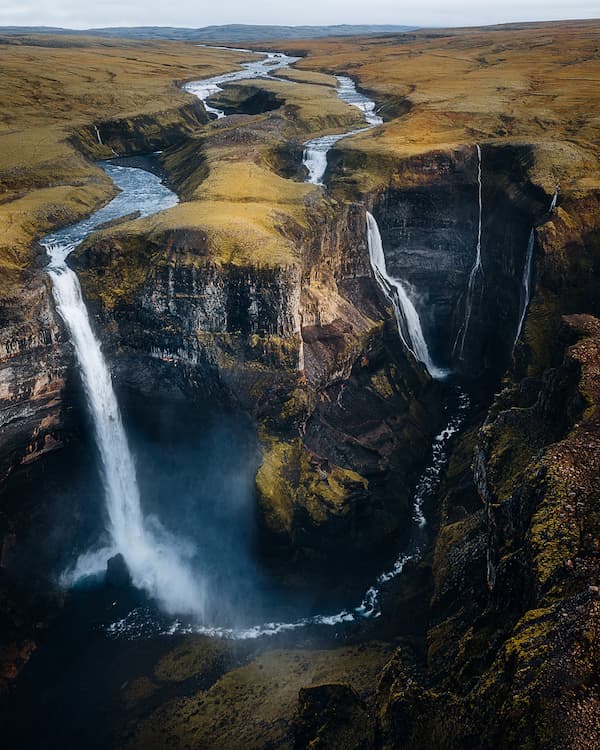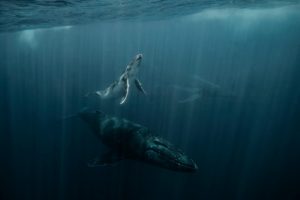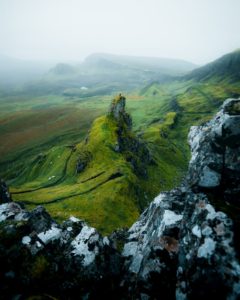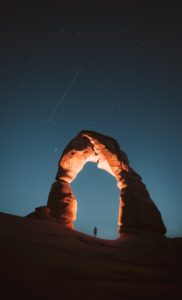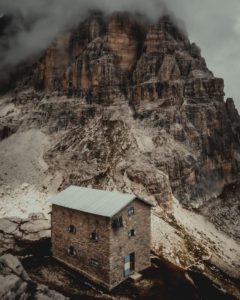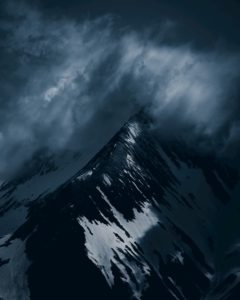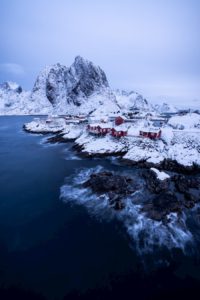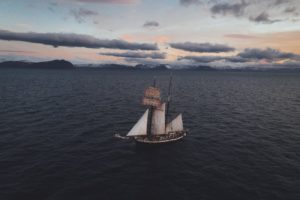
Ronald Söthje
@ronald_soethje
Photographer based in Germany
Introducing Ronald Söthje
Ronald is a time-lapser, video creator, trainer and engineer based in Germany. The technology behind how movies were filmed was the thing that fascinated Ronald first. However, nowadays, it’s more the craft that goes into a high-quality result, combined with technology. Workflow design and camera operating is the technical part of his work, while the creative part consists of travel and trying to create the images, time-lapses, and videos he’s visualizing. Ronald has supplied footage for Hollywood productions, TV Series and Fortune 500 companies, but after all, it is his personal projects that are the most fulfilling: “If you walk alone at -18 degrees celsius for 10 km away from the last reachable point to get a shot you have in mind and have to pass one to two meters high snowdrifts, it hits differently. You can say that’s silly, or an adventurous experience.”
In the interview, Ronald dives into the creation of a time-lapse with an example and explains the technology behind it. “Usually I am out with several cameras to record different angles and foregrounds. I don’t use an ISO over 1600, otherwise the amount of image noise doesn’t appeal to me, and no exposure time longer than 2 seconds, otherwise I don’t like the movement of the lights in the sky.” He also mentions some tools that he uses to process his footage and do so efficiently.
Ronald has a profound knowledge about technology and gear, but for him, however, the type of camera is not the most important: “I believe in the craft; the key item needed for improving results is the technical connection between aperture, ISO/gain, ND, shutter, and lighting. Not guessing what happens – knowing exactly what will be the effect.” Beyond technology, we also touch upon the ethics of editing and dealing with criticism. Where does journalism end and where does art begin? Is it feedback about the creative aspect or about rules? Evaluating is important for both, in order to be better at the next shot. “A mix of the familiar and the new is always good. The new to discover, the known to retry and do it better and grow.”
Interview
Welcome Ronald,
We shared a story with you in the beginning of 2021. Since that moment, you have grown a lot thanks to the great content you are putting out there, whether it is a reel, a time lapse, or a photograph.
In that story, you said: “It’s been almost 20 years since I captured my first time lapse, but I was never satisfied with the quality that was possible with those old video cameras.” This indicates the things you have specialized yourself in over the years: Time lapses, the technology behind photography and video with which you design efficient workflows, and achieving the best visual quality in any kind of format. Can you explain how these things came together for you and at what point?
An interest in technology came first – when I was younger I loved movies but maybe even more figuring out how they were actually filmed. However, that changed almost completely because today I know or I have learned in the past, that craft is much more important for getting the shot you want than technology only. That doesn’t mean that I’m not interested in technology anymore – I still aim to work at the highest possible level – but it’s not everything. I worked as a cameraman doing all the standard television and photo stuff, but one day I realized that the “wow” shot is the one where you can combine technology and creativity.
Time-lapse is one part I focus on, drone work another, and there is so much more. It’s fun to combine technology with creativity and try to get the shot you imagined. Technology helps me to get better, to challenge myself even more. The better the quality of equipment gets, the better the composition has to be to match on the same level.
Nowadays I have two types of work – the one which is technology driven and the other which is creativity driven. The technology driven work ranges from workflow design to camera operating and is the daily business. The creative work is the one where I mostly travel and try to find the pictures I want to see in the first place, and secondly maybe for a third party who is interested in that footage.
Could you choose one time lapse, and explain the process of the creation from used gear to compilation to editing tools? And what is the reason you chose this time lapse, what is the story behind?
Ok, let’s look at something simple and something complicated.
A time-lapse of the northern lights is relatively easy from the recording side. Be in the right place at the right time and point the camera in the right direction. The best things happen when you don’t expect them; it was the same in this case. Actually, I had already gone to sleep in the car (after an unsuccessful search) when I looked out one last time and finally the long-awaited gap in the cloud was there. I then drove quickly to the spot that I had chosen in the near vicinity the day before and had to be quick. In this case, the recordings were from tripods that I set up quickly, even if I usually like to work with motorized sliders – but the picture was too beautiful and I knew, due to the movement of the clouds, that time was running out.
For the Northern Lights time-lapse I use the same cameras that I usually use – so no Low Light specialists – the only difference is that at night I only use the currently available lenses with the largest aperture (1.8 or better). Usually I am out with several cameras to record different angles and foregrounds. I don’t use an ISO over 1600, otherwise the amount of image noise doesn’t appeal to me, and no exposure time longer than 2 seconds, otherwise I don’t like the movement of the lights in the sky – ideally less than half a second.
"What’s important for me: always shooting in RAW for quality and flexibility."
I back up the material on the go from memory cards to hard drives or now SSDs – up to 15 TB of data in a week. When I’m back, I use Lightroom for processing the RAW development and Gunther Wegner’s LRTimelapse tool to quickly complete and export the time-lapse. I then do everything else like video editing in a tool like Resolve.
More complicated are the recordings in which you want to come from the most beautiful sunshine in the afternoon to the starry sky. A technique often used for this is to take a certain shot two or more times e.g. with movement before, at and after sunset, if necessary, and then later combine them in post-production. That works reasonably well, but it can cause quite a lot of trouble in the sky. Therefore, continuous recording is better, where the challenge is to keep the amount of light the same. At some point I made up my mind and stuck with it.
In the past I have used many different tools to realize this, so that e.g. ISO and shutter are adjusted and afterwards I had to compensate for these differences in hours of work – initially manually – later with e.g. LR Time-lapse. Today I use the automatic interval function on my cameras. With a few tricks I can achieve the same effect and spend less time on the computer. But if I want to do it “right”, I use a tool called Time-lapse + VIEW – a small computer that manages the necessary adjustments for me.
I usually start here at ISO100 and very short exposure times and end at ISO 1600 and times up to 30 seconds for the Milky Way – but that only works with very wide-angle lenses in the right places, otherwise you have star trails. A picture that goes well with it is in my time-lapse Yosemite at the end.
I wouldn’t do this shot that way anymore because I would try to keep all the people out of the picture, but at least this way you can see that you are not alone in such great places.
To follow up on the previous question: With your extensive knowledge on gear (that you also give training on), and being well-equipped yourself, could you share with us some of your favorite cameras and explain why these in particular made it to your top?
That is a very difficult question for me – on the one hand, I am neutral and am open to all cameras and manufacturers. I compare these systems and can tell you a lot about them. My focus is more on video than on photos. But of course I also had to make a decision about my own gear. Ultimately, however, the specific camera does not matter that much.
"Every manufacturer nowadays has a good model on offer."
What is still not clear to many, is that the real quality does not come from the last megapixel of a camera, but that the lens plays a decisive role. And if not all manufacturers change the bayonet at the same time (because of the switch to mirrorless), money is actually better invested in a good and fast lens that is perhaps 2 f-stops faster than the one that you already had than in the next camera, which has 20 megapixels more. 2 f-stops bring me more brightness, without it being noisy (use ISO 800 instead of ISO 3200) or stopped down, a much higher sharpness output – since hardly any lens shows its best quality with an open aperture. With the previous model of a camera and a “better” lens you can take sharper and better resolution pictures than with the new model and your “old” lens.
You use your extensive technical background knowledge to help others to fully understand their film and photography gear. What are the four non-standard characteristics one could consider or learn to significantly improve their (quality of) photography or film?
I believe in the craft. Photography and videography is a craft. For me the most important are not four characteristics – but just one.
This is the technical connection between aperture, ISO / gain, ND, shutter and lighting – once someone understands this, he or she actually has what is needed to be able to operate the camera. Not guessing what happens – knowing exactly what will be the effect, when I set the ISO from 100 to 200 and where I can move the aperture afterwards or which ND filter compensates this and what that means for the motion blur in conjunction with a set shutter.
Since we first worked together, you have tripled (at least) your social media audience. In just a few months! What do you think happened there? What helped you to put your brand on the map, in your opinion?
I still have absolutely no idea. Some write a book at that point and tell you how they successfully managed to develop that audience. Don’t ask me. I think I try to hold my quality on a high level and I do what I do continuously. I don’t care too much about what works or doesn’t work and more on what I like to do. I have no special goal about reaching this or that and I try to do what I do every day. I think the reels section on Instagram is something which is working for me, because I’m more a videographer than a photographer.
We once had an interesting conversation together about the ethics of editing, the notions about photography representing art versus reality, questioning the impact it can have whether positive or negative, etc. What are your thoughts on this? What do you do, considering the influence of social media as well, to not be misleading while neither feeling limited in your creativity?
That’s still an exciting question – where does journalism end and where does art begin? Journalism and photojournalism want to show the world as it is – naked, unadorned and true. Art has all freedom. I think it makes a difference whether you do photography or videography, let’s say to fill a travel channel, or whether you just want to show what you can do and what you like to do. If you fill the Travel Channel, then you should be more of a journalist than an artist.
As an artist, I show more the imagery that I create and that is ultimately my own version of the world. It starts with retouching people, birds, cars, houses, etc. and ends with the assembly of many pictures. Where someone stands, they have to find out for themselves. I just think that you have to keep the scales and keep an eye on the overall picture that you give yourself – first for yourself and second for others. At least if you take the art point of view – as a journalist you would then have lost. And whether a certain look is given to a landscape, the northern lights or the starry sky, or whether it is a change in a dimension in the picture – all of this changes the natural image. Because let’s be honest, do all rainy days look as beautiful as they are on Instagram with a good edit
There are simply tons of natural snapshots that everyone can create themselves, so that everyone who is creative tries in their own way to show their own vision in pictures or videos. Sometimes you shoot over the target, sometimes it fits.
"The old masters also kept repainting their canvases until they got the picture they wanted."
Much worse than going beyond this processing level, I actually find the negative impact on others due to personal perspectives and places that are shown as accessible although it is needed to cross borders, break rules and ultimately destroy the places, nature and wildlife. And there are a lot of examples of that – every day. I’m not perfect either – but I always try to measure myself against it.
Another thing we spoke about had to do with dealing with critics. Any photographer will be cheered by many and receive negative or bothering comments by others. How do they influence you as a creator and as a person, and how do you deal with those?
I take it to heart, listen to it, evaluate it and then have to think what it is about. Is it about the creative part? Is it against my belief or, as is often the case, did someone just get to the point of what I felt myself? Ok, I’ll change that in the future. If not – it’s my world.
It’s a different thing for me when it comes to rules. Let’s say a certain point of view for which you have to cross a limit, maybe also one that didn’t exist back then, but exists today. In such cases it also happens that I withdraw what I have shown. Some say it’s enough just not to name the place – but it’s way too easy to figure that out today… maybe 10 years ago that would have helped.
Related to the previous questions, how would you describe your editing style? Is there a difference between your approach for photographs, videos, or time lapses?
Phew, you would have to ask other questions whether I have a certain style. I think it’s different and not uniform because every picture is different. I don’t like it that much when every picture, no matter where it was taken, has the same look. The place is never the same, the atmosphere is never the same and that’s actually what I like about it.
For my work I differentiate between commission, journalism and art. In the case of an order it looks like how the customer would like it to be. In video or photojournalism, it looks the way it is. In art, I determine the color, the look and sometimes a scaling. In terms of scaling, that’s particularly exciting, because we don’t see linearly either.
"What we see in real life and what we see when having taken a picture is never the same, the scale on the photo is much smaller."
Why does the rising moon always seem so big to us? Because we evaluate. The rising moon against the mountain gives us a different idea of the size. If we take a picture of it, we see the unrated truth. What is real now? What can I expect if I stand in this place myself and don’t look through the camera? That closes the loop a bit with the ethical question.
You have done many projects and your work has been used for Hollywood productions, TV series, and visual material for Fortune 500 companies. What has been one of your most exciting projects? What made that one so special and what did you learn from it?
I think the most exciting things are not always what you expect. I have indeed supplied footage for Hollywood productions, TV Series and Fortune 500 companies, but the best and most exciting projects are actually those where I decide how the project will develop.
In which I myself reach my own limits and sometimes even go beyond. If you do the work mentioned before – you’re mostly like in a safe harbour. You often work with a crew, not alone. But if you walk alone at -18 degrees for 10 km away from the last reachable point to get a shot you have in mind – it hits differently. You have to pass one to two meters high snow drifts – you can say that’s silly, or an adventurous experience and exciting to stand at a place where there haven’t been too many people since the beginning of winter.
Photography being a creative field, actually staying creative is really important. What do you do to keep pushing your own boundaries as a visual creator? What are some projects you dream about realizing?
I probably never like what I do myself. Maybe for the moment in which it arises, but in the next moment I already have an idea how I could do better. Working on how it can get better – technically, but also creatively. I think the more you see, the more you try, and the more criticism you face, the better you can get. It is important to observe in life – e.g. you can take an evening situation and analyze the light. Later you can find out in pictures or films or based on your own motifs whether a comparable evening atmosphere, for example, has been successfully conveyed.
I have to go back to Australia, the States, and Canada. I’ve been there before, but I don’t like the pictures I was able to take back then. I think it can be done better now. But something new would also be interesting – across Russia e.g. South America, Africa …
A mix of the familiar and the new is always good. The new to discover, the known to retry and do it better and grow.
Would you like content like this sent to your inbox?
